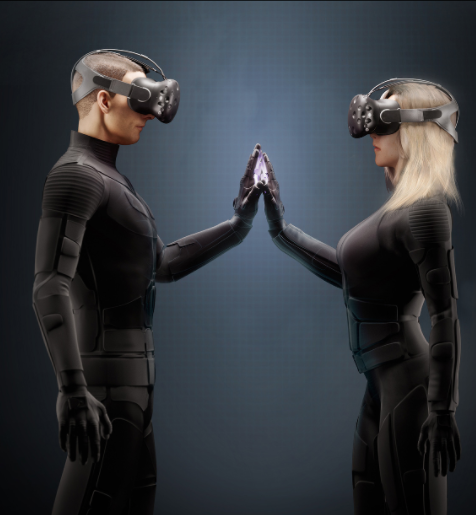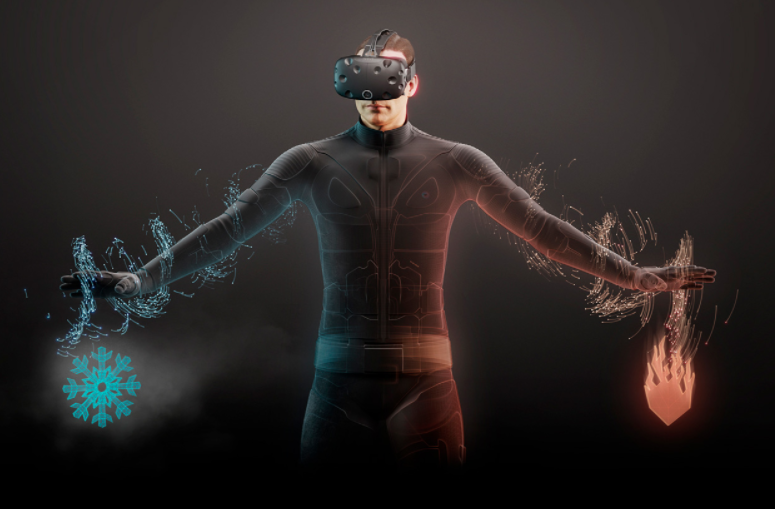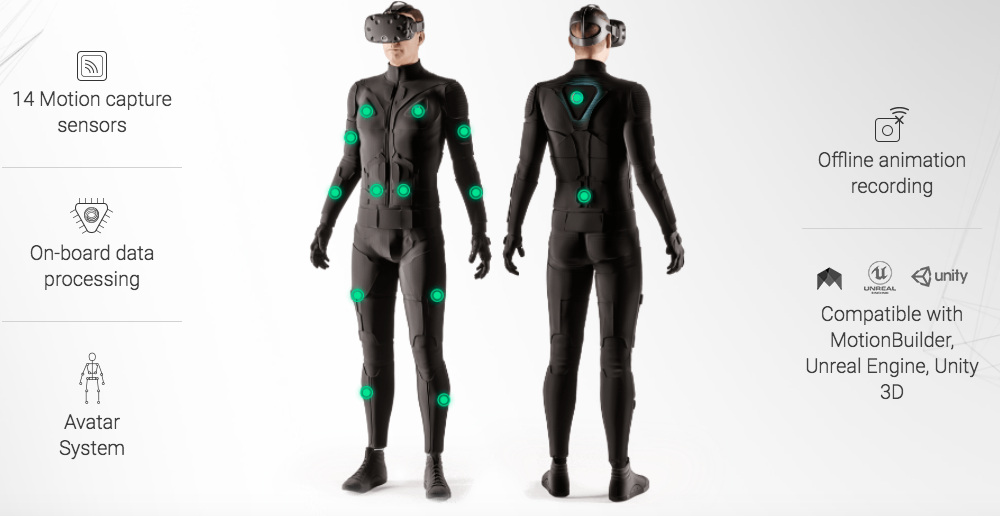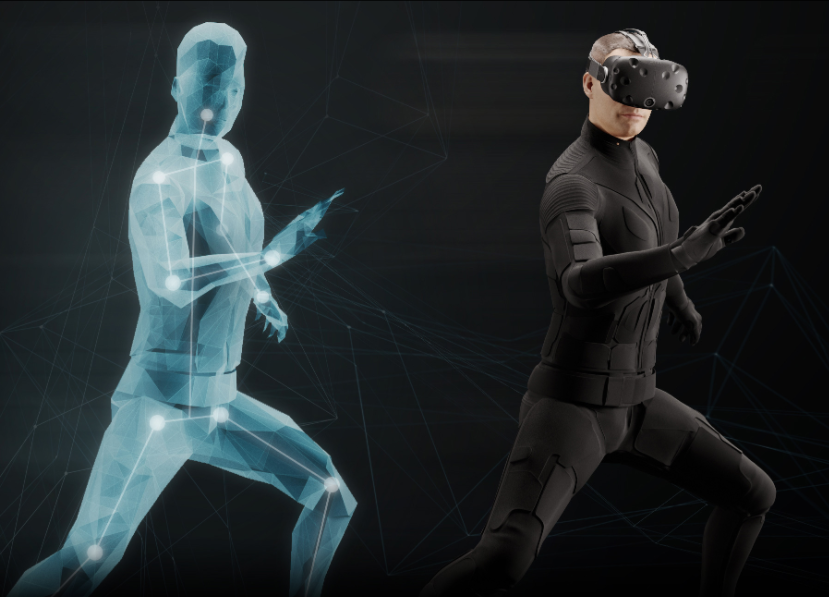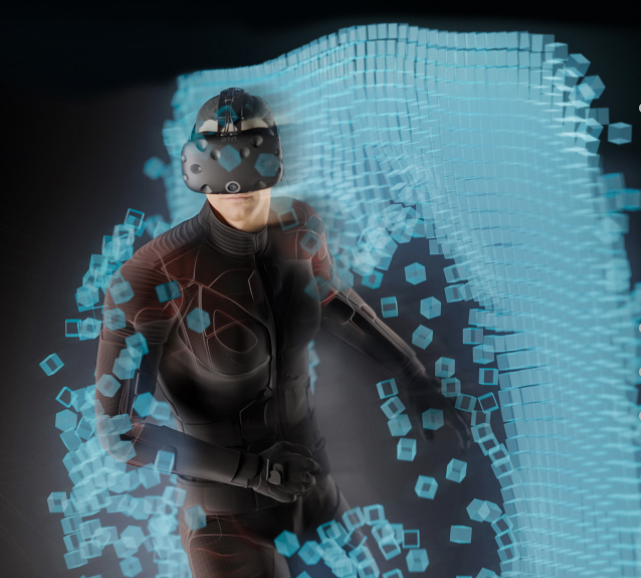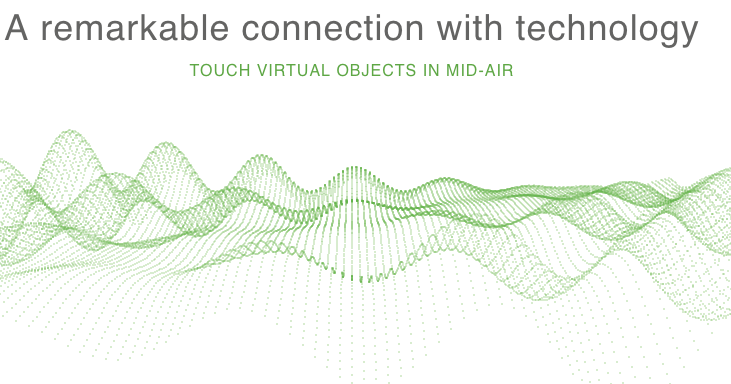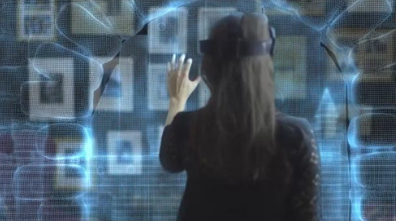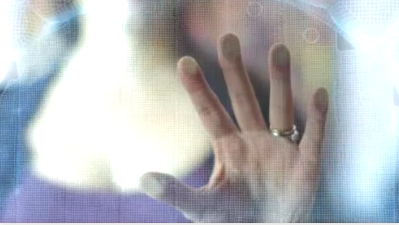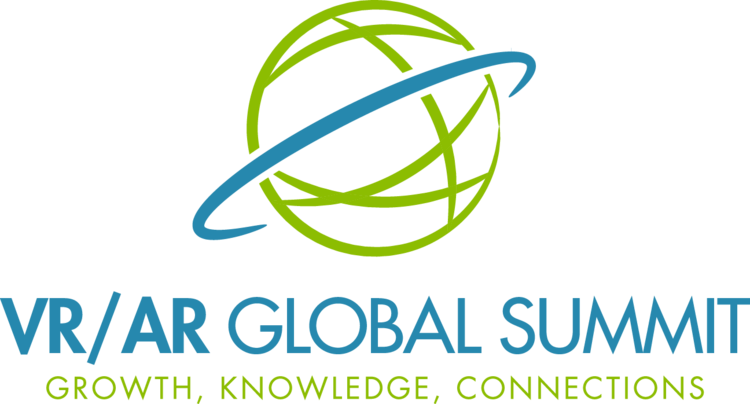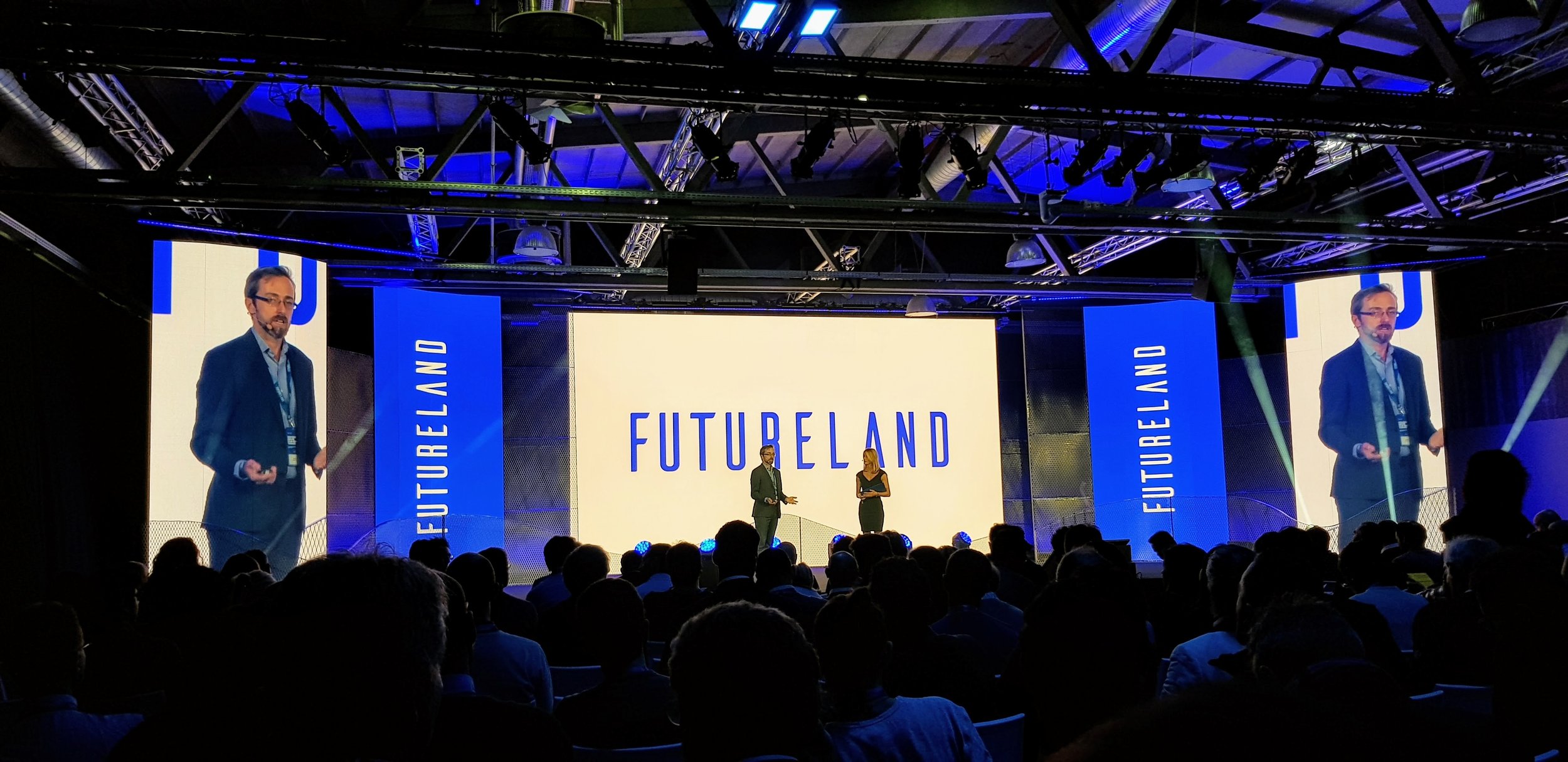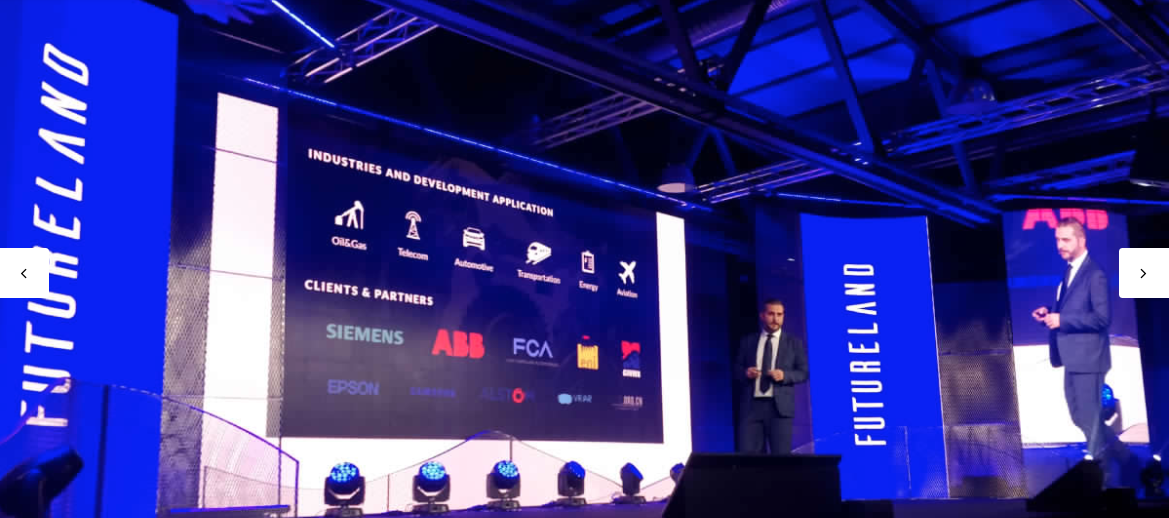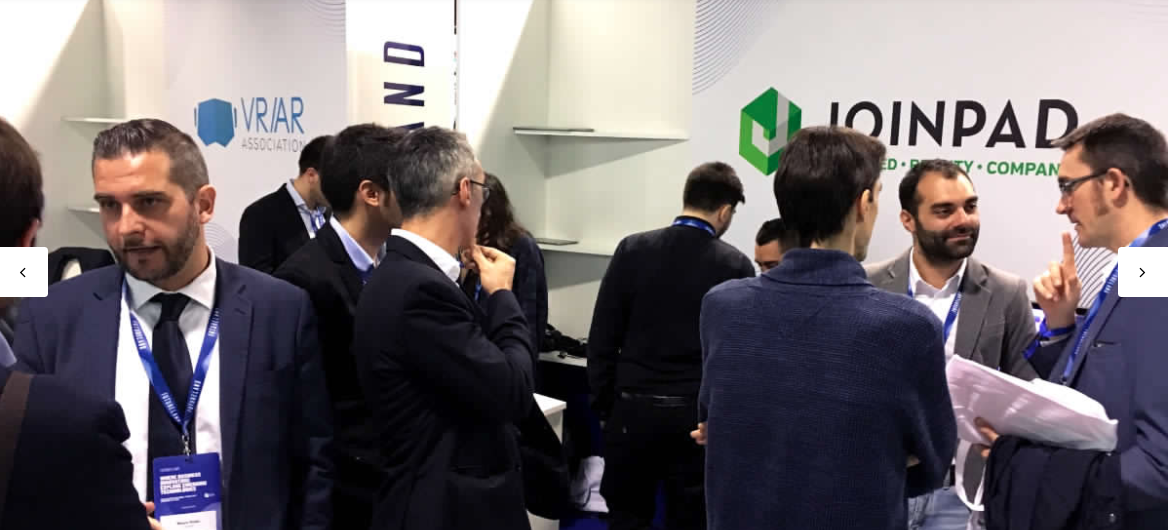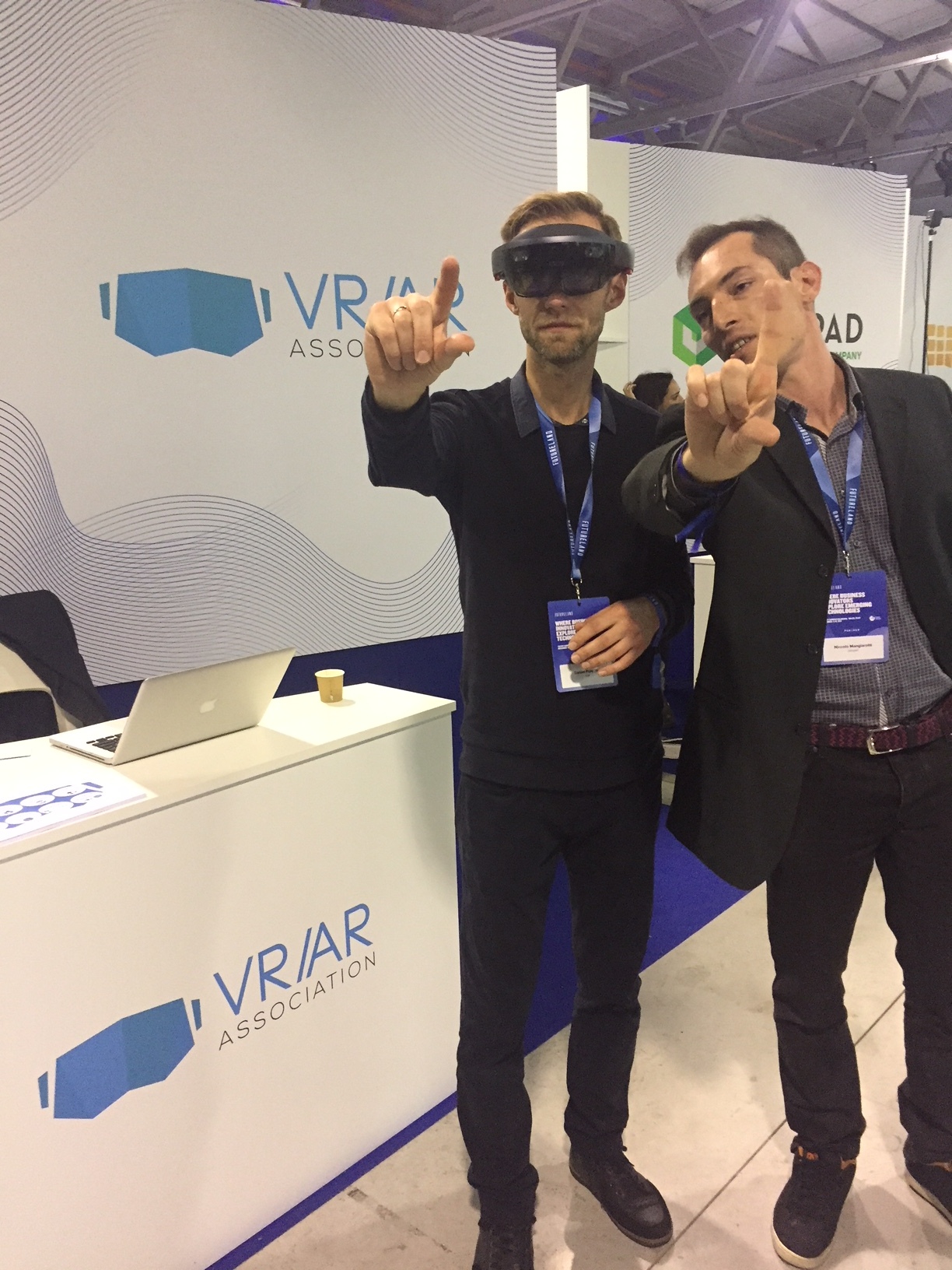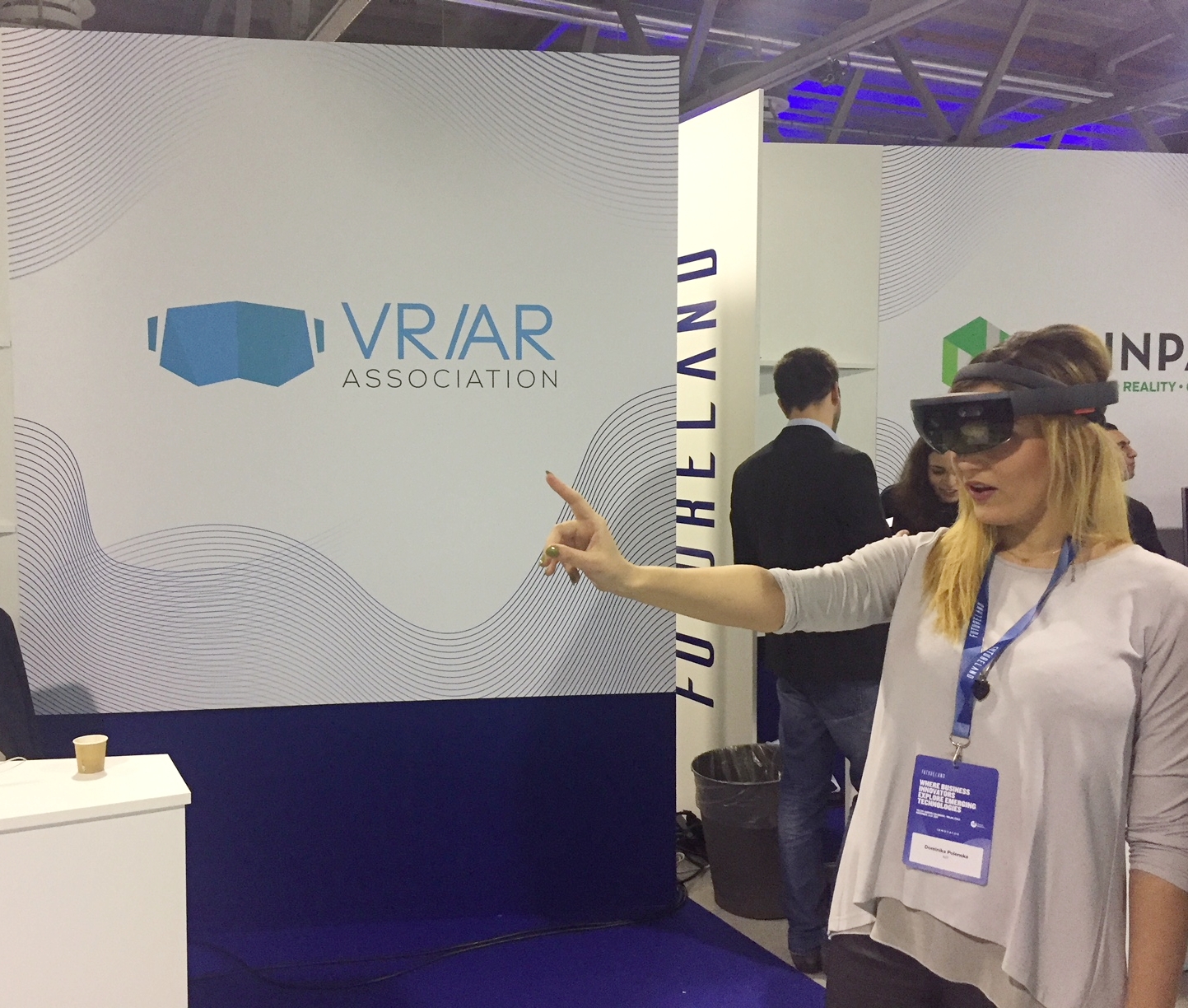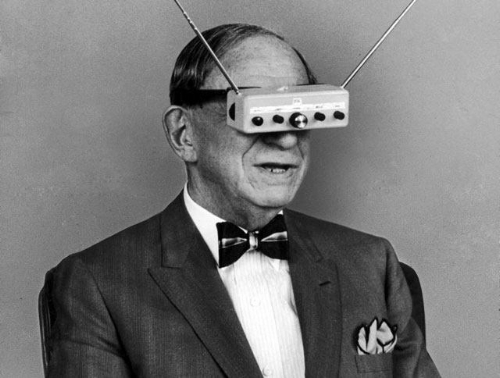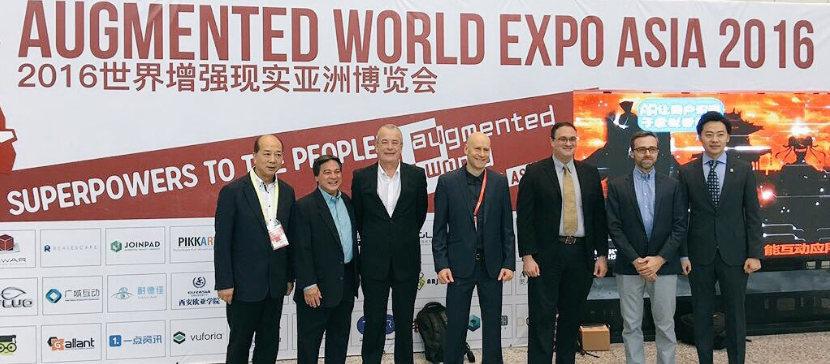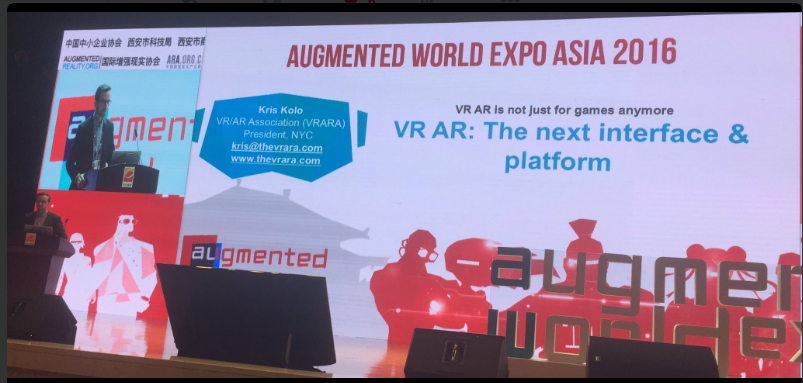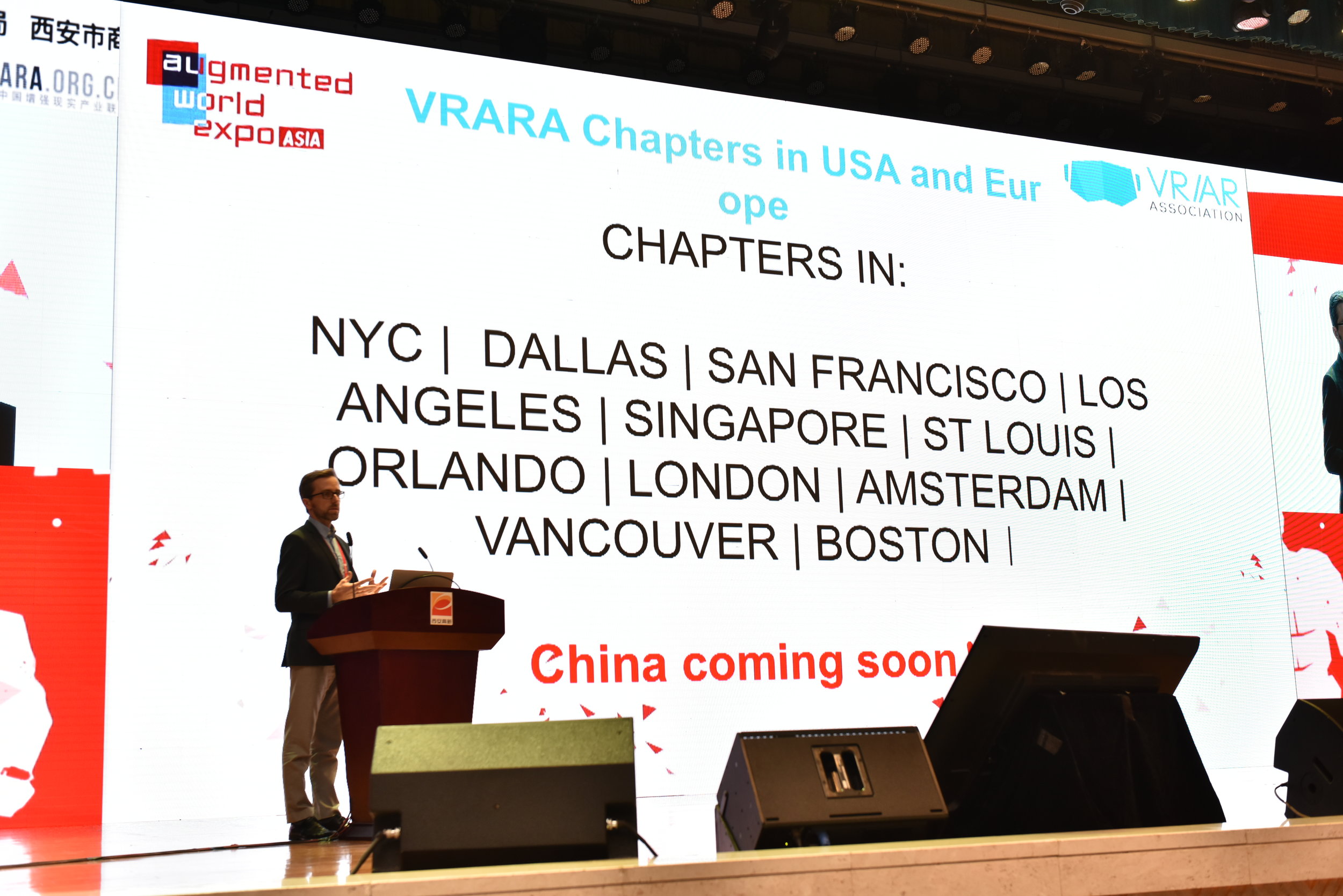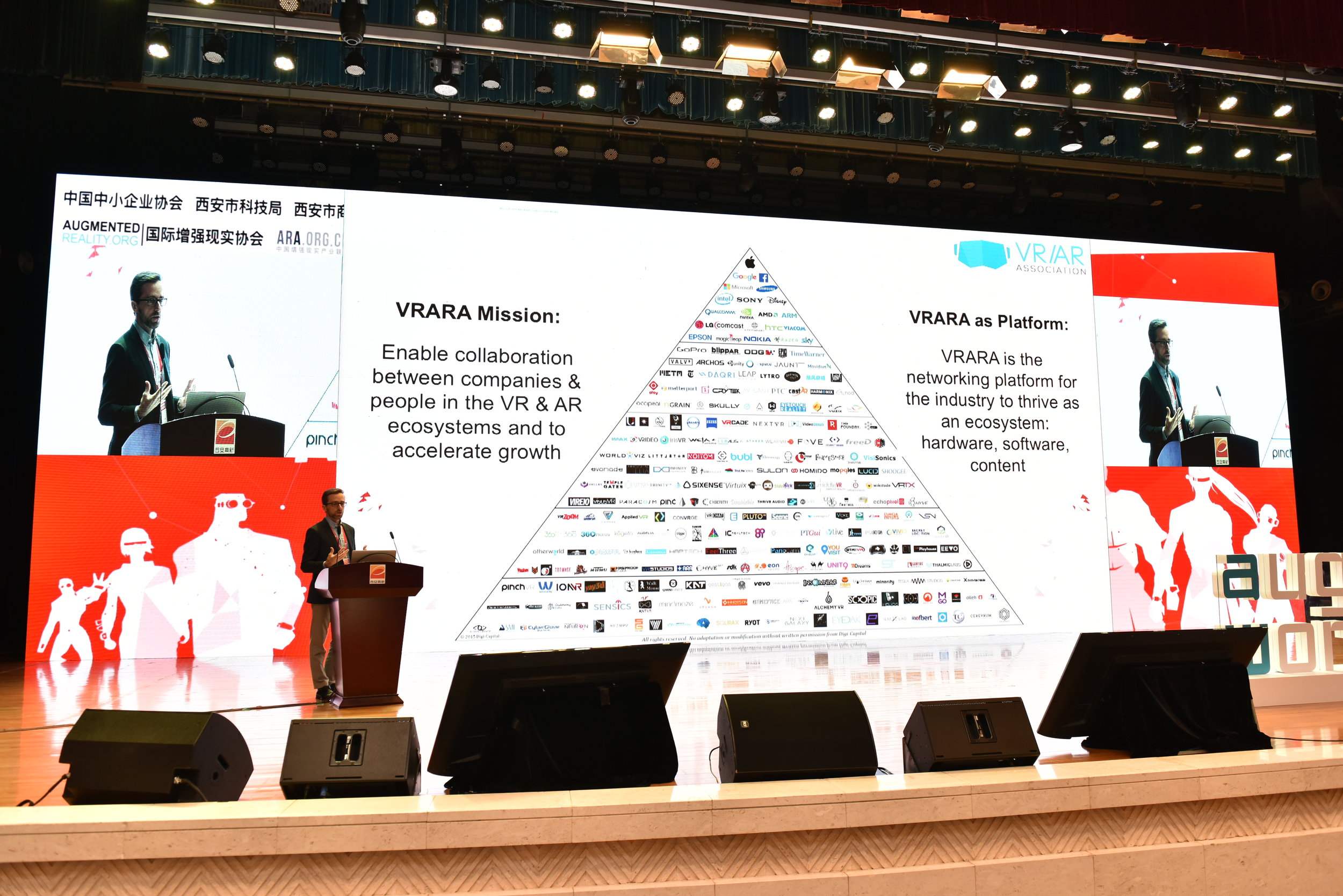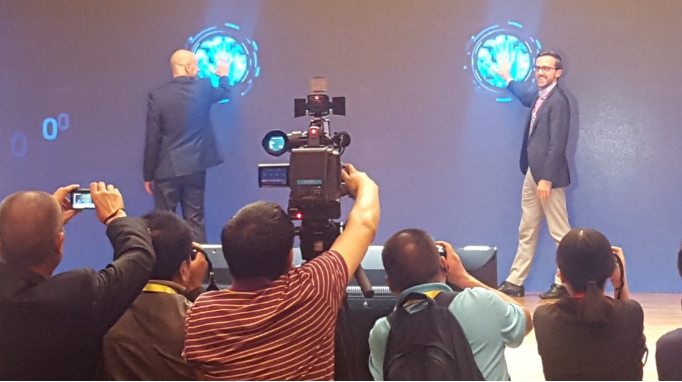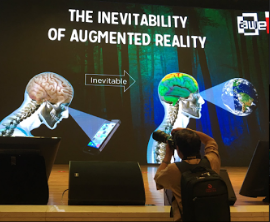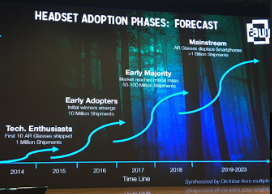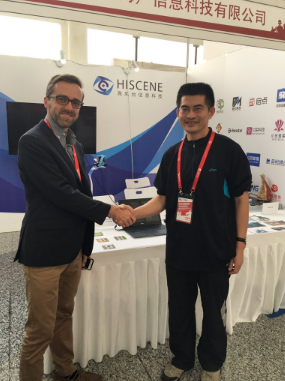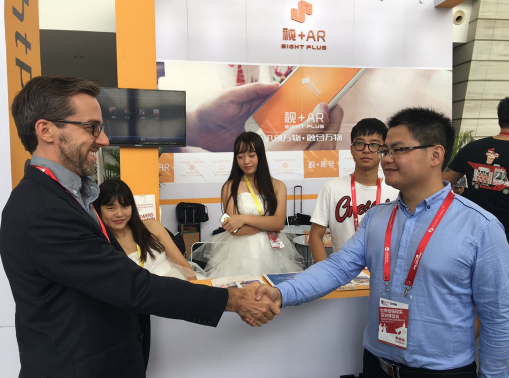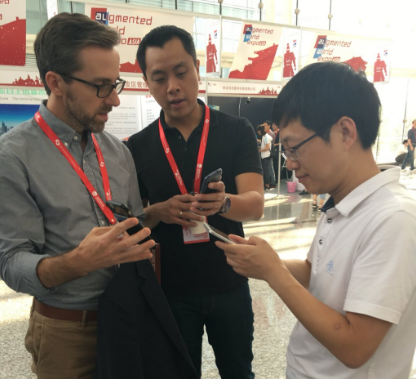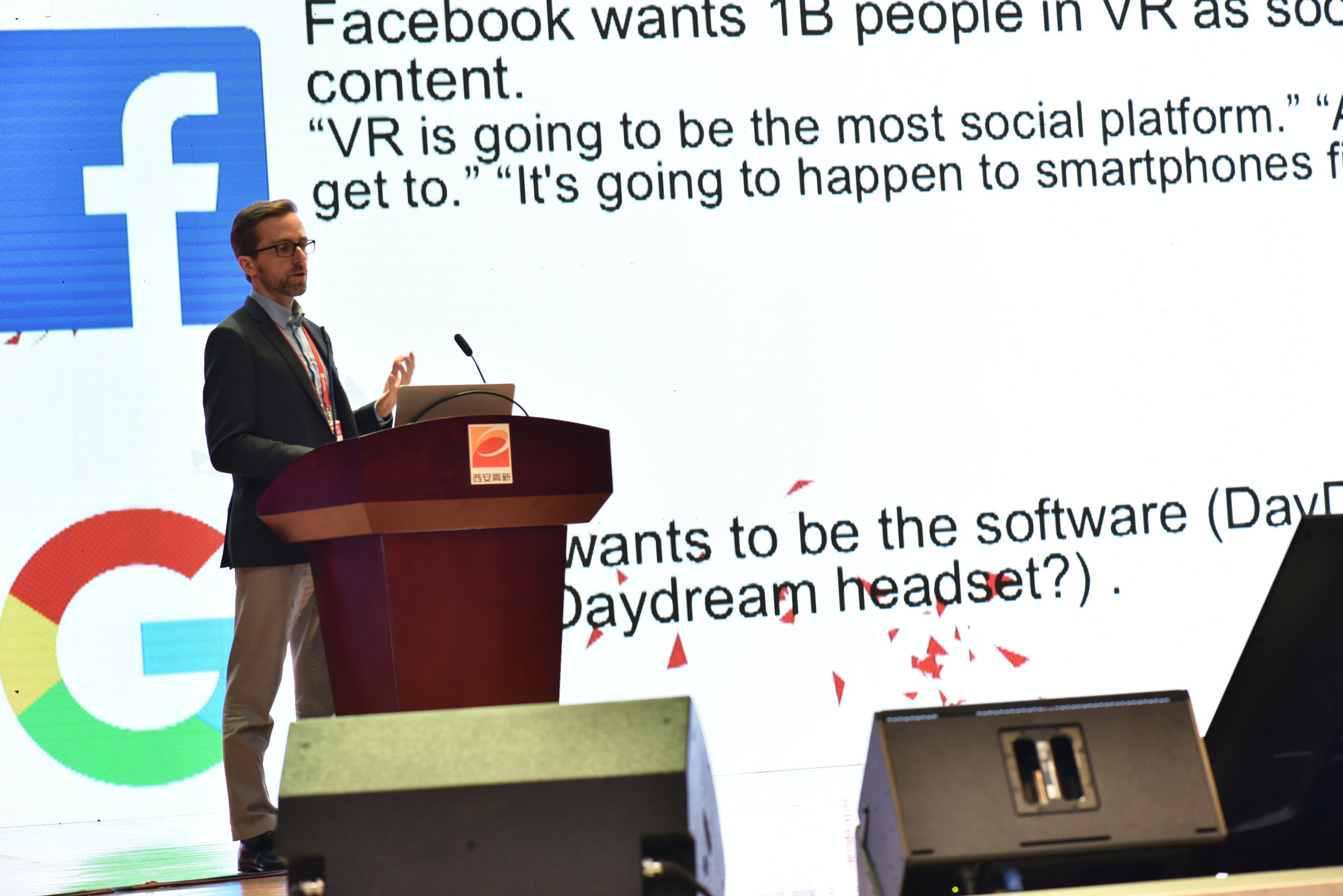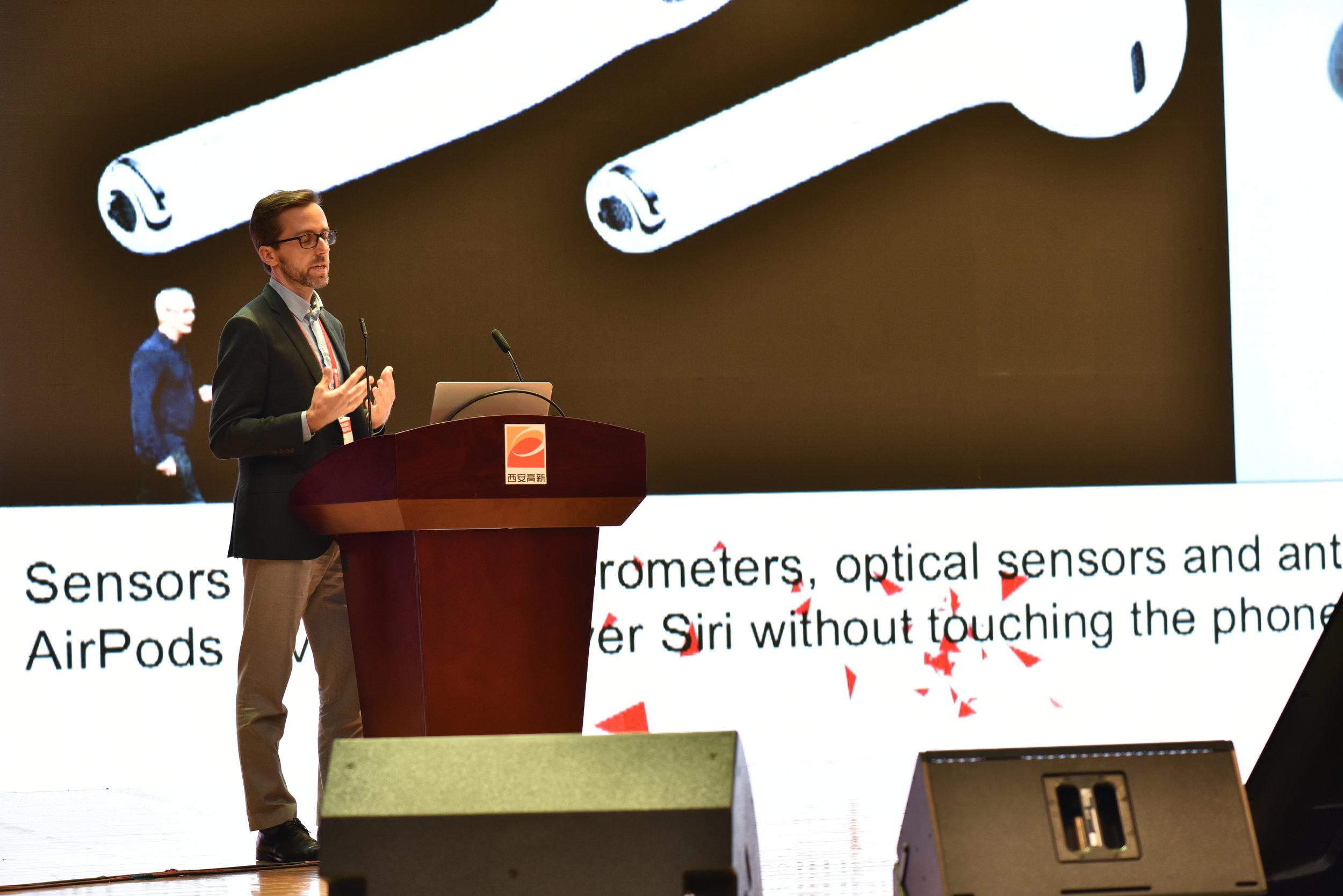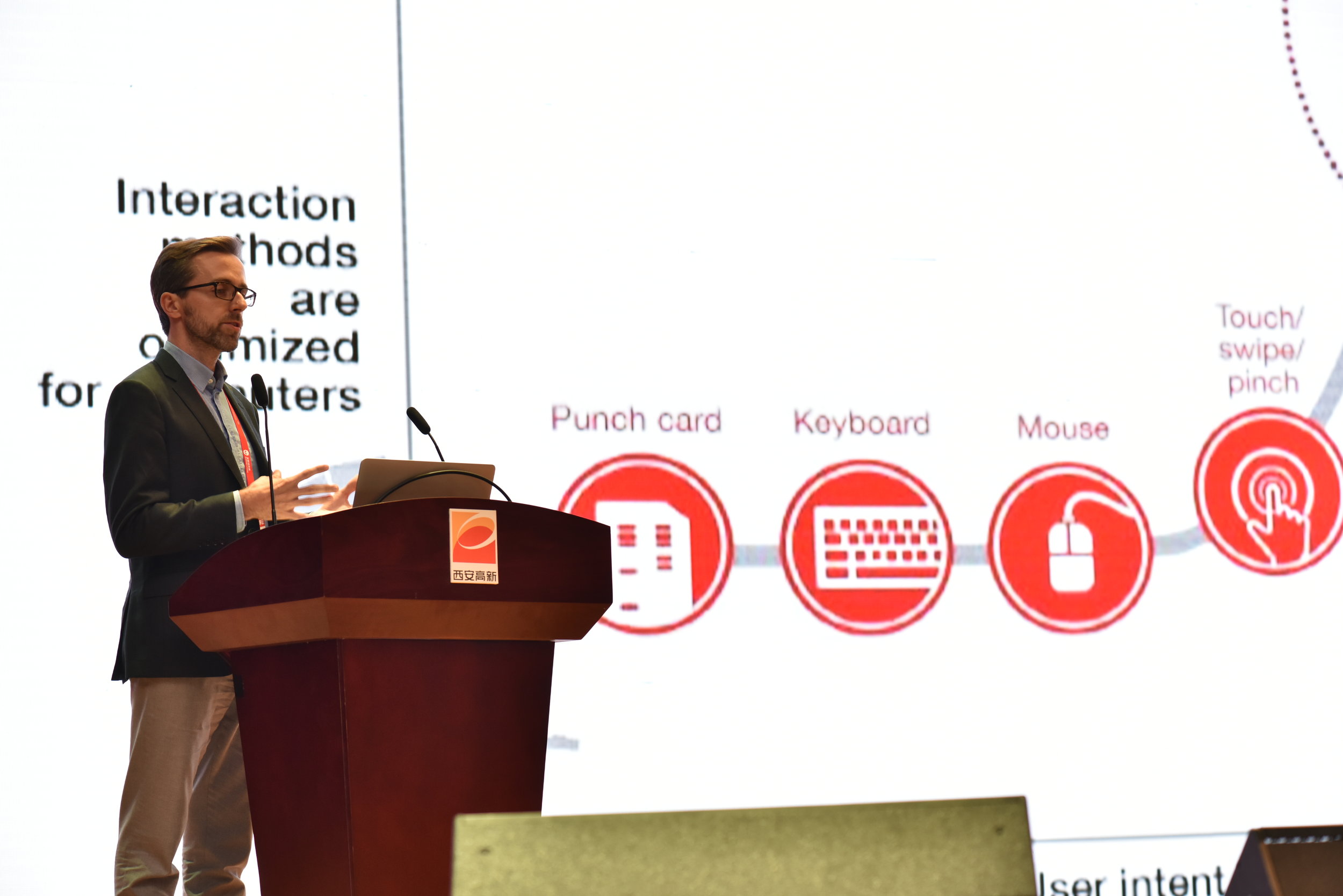Last week VRARA staff and members took part at one of the most exciting VR AR events in Italy.
The event was full of keynotes, panels and workshops from the most influent professionals of AR | VR | AI | Robotics scene, both Italian and international. This posed as a great chance to look around and put the hands on the newest technologies and approaches, as the venue was full of companies and startups showcasing their products, both Software and Hardware.
The affluence to the event was incredible, a lot of people flooded the hall costantly throughout all the duration of the event, there were mostly professional looking for solutions to innovate their business, as it was the event’s topic, but we also met tech-enthusiasts and developers among the crowd.
The event was a success from all the points of view, and everyone who tried our products and demos was really impressed about how Augmented Reality technology can really simplify work operations like maintenance, training and remote support.
Kris Kolo, VRARA Global Executive Director
Kris gave a keynote speaking about the ecosystem. VRARA has over 3900 companies registered and it's almost a 50/50 ratio of VR to AR companies, many of which do both, VR and AR.
Mauro Rubin, VRARA Italy Chapter, describing the Future Smart Factory
Among the vast number of speakers, Mauro Rubin, JoinPad CEO, went onstage to describe the Smart Factory of the Future, from the perspective of a company actively working to bring enterprises in the future through Augmented Reality. He described 2017 as the year of AR, pointing out that the innovation is coming by the application of this technology in the enterprise sector, where it can provide the most tangible added values.
During the presentation Mauro explored the topic through a series of industrial use cases where Augmented Reality has been applied. Each use case explained a different approach to the implementation of AR into enterprise operations to help different industrial sectors leverage the potential of their workforce, enhancing the perception of employees in the work-field.
This exploration covered a wide range of opportunities given by AR to enable the interaction between the user and his working environment, from the interaction with IoT connected machines to Artificial Intelligence and complex systems. This served as a starting point to understand how an AR platform can transform a normal factory into a Future Smart Factory.
The italian and international AR/VR scene at Futureland
At the show were present several companies, each one with a different focus but all aimed to create new business opportunities, from training VR applications to collaborative and smart Robotics. Looking from the inside we believe that the AR/VR/AI/Robotics ecosystem in Italy is still affirming, but we’re pleased to see that a lot of new players decided to become involved in this new fields.
During the exhibition, JoinPad CTO, Giuseppe Audino, was called to join the jury of a Call for Ideas promoted by PwC Italy, the competition wasn’t focused only on Augmented Reality, but in all the four themes of the event. Lot of interesting projects from italian startups and independent developers were submitted to evaluation, but just five gained the opportunity to end up in front of the jury, that judged Metaliquid solution as the best project running for the contest. This was a good signal of how fast this ecosystem is evolving in our country, gaining everyday more popularity and widespread, with ever increasing attention from big companies that more now than ever recognize the value of new technologies and seek for new projects to foster under their wings.
As an expert in Augmented Reality and Interaction Design, Agnese Ragucci, JoinPad designer&developer, described the trail of Augmented Reality Games in a timeline retracing their evolution through technologies, devices and examples. Starting from the early 00’s she narrated the history of this kind of games, focusing on the most important titles and the technology involved in their usage. She also described how certain strategies and techniques were employed to encourage the mass-adoption of AR technology, and then determined the success of some of the most played AR Games.
The second part of the speech was dedicated to forecasts and insights about the future of both AR and Gaming, describing how they are evolving in parallel to deliver ever more immersive experiences to the player, using technologies as Context Computing, Artificial Intelligence and new devices available on the market. The speaking session received a lot of attention, especially because is a fact that gaming is one of the driver of AR massification.
Partners, Meetups & Side Events
Our business partner, Ginwa, joined the event as speaker. Ivan Cui, president of iGinwa, the technological division of the corporate, discussed about the AR/VR scene in the eastern market, exploring topics such as hardware production, startups and investments. He also pointed out that the ecosystem in China is in its early stage, encouraging western startups to jump in and blend with the local ecosystem of investors and accelerators.
Peggy Yuan, Senior Investment and Program Manager of HTC Vive X Accelerator in Beijing, met the local VR and AR developers in a closed-door meetup, seeking for interesting startups to begin a conversation with, but also giving advices about the HTC acceleration program. She went in contact with several enterpreneurs and enthusiast, giving hints and insights about HTC latest products and platforms, and showcasing different startups under the Vive X Accelerator.
As supporting partners we were in charge of different internal meetups and side events. Through the VRARA, Google Engineer Piotr Praczyk, from the ARCore development team, were invited for an in-depth analysis of Google newest AR technology, generating a lot of interest in the more technical audience of the event, with a lot of developers participating to test demos and ask questions to the professional.
We also held a meetup with the VRARA to create a conversation among different Chapter Presidents, with Mauro Rubin representing the Milan’s Chapter of the Association, helping both newborn companies and well-established ones to understand the possibilities of the VRARA to leverage their businesses.
At the Meetup there were present, beside Mauro, three other representatives of the association: Kris Kolo – VRARA Global Executive Director, Miki Levy – Tel Aviv Chapter President and Thomas Fickert – Munich Chapter President.
If you need more information about getting involved with VRARA, contact us.





